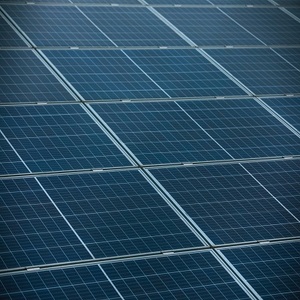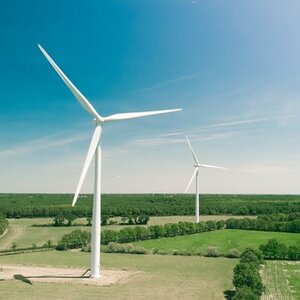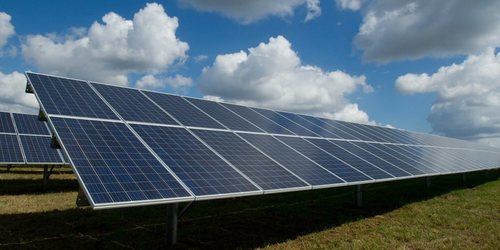

As electric utility companies look toward the middle of this century, they are increasingly talking about the feasibility of achieving a 100% renewable energy goal. Even some oil-and-gas companies are aiming for net-zero carbon emissions by 2050. Besides the improvement on carbon dioxide emissions, though, what other changes would this switch to 100% renewables provide to the economy, health, and climate? A global roadmap published by researchers headed by Mark Z. Jacobson of Stanford University shows just what kind of benefits 143 countries around the world can expect in a renewable energy future.
Obviously to transition to renewable energy will involve a significant investment. This latest study estimates the figure at $6.8 trillion per year (USD) between today and 2050 for the 143 countries studied. However, in comparison with the cost of keeping the current mix of fossil fuel and renewable energy that we have today, that cost per year would be $17.7 trillion.
This figure of $17.7 trillion per year also doesn't account for the cost to human lives of air pollution each year, 7 million deaths, and the cost in damages from climate change, $28.4 trillion per year. Accounting for energy, health, and climate costs, compared to the business-as-usual scenario, converting to a 100% renewable energy economy in these 143 countries would represent a savings of 91%.
Apart from the monetary investment, the transition to 100% renewable energy will result in a similar transition of jobs in the energy sector, albeit a net significant gain in full-time jobs. Also, additional land will need to be set aside for utility-scale renewable energy operations, which will be detailed in a subsequent article.






